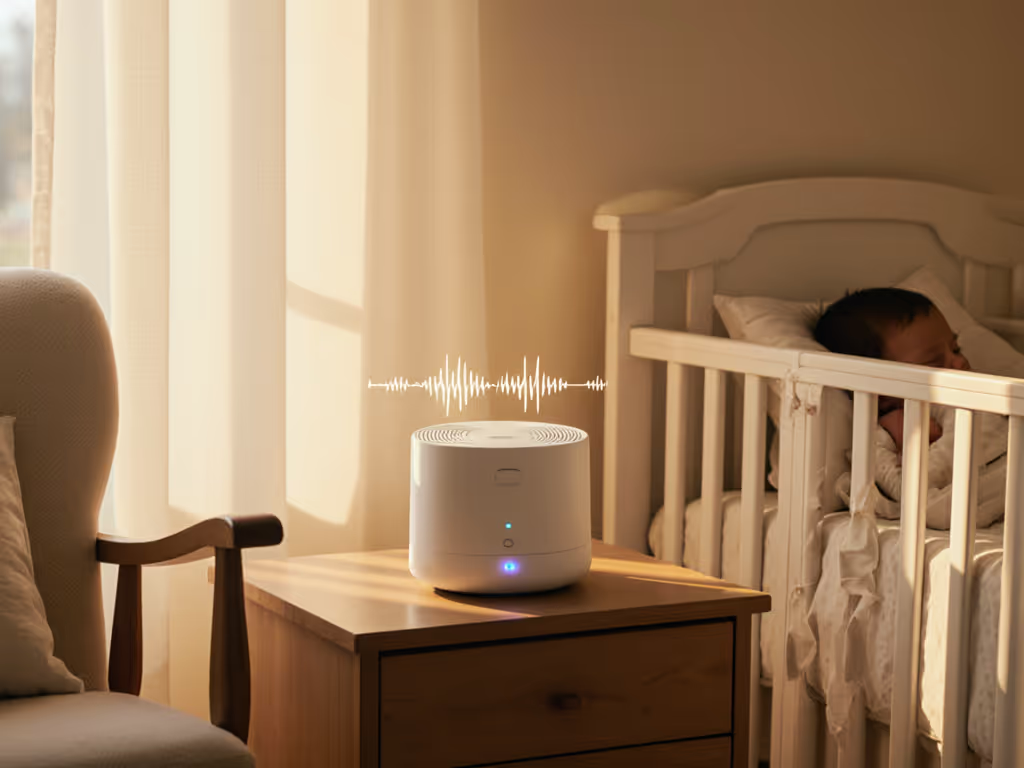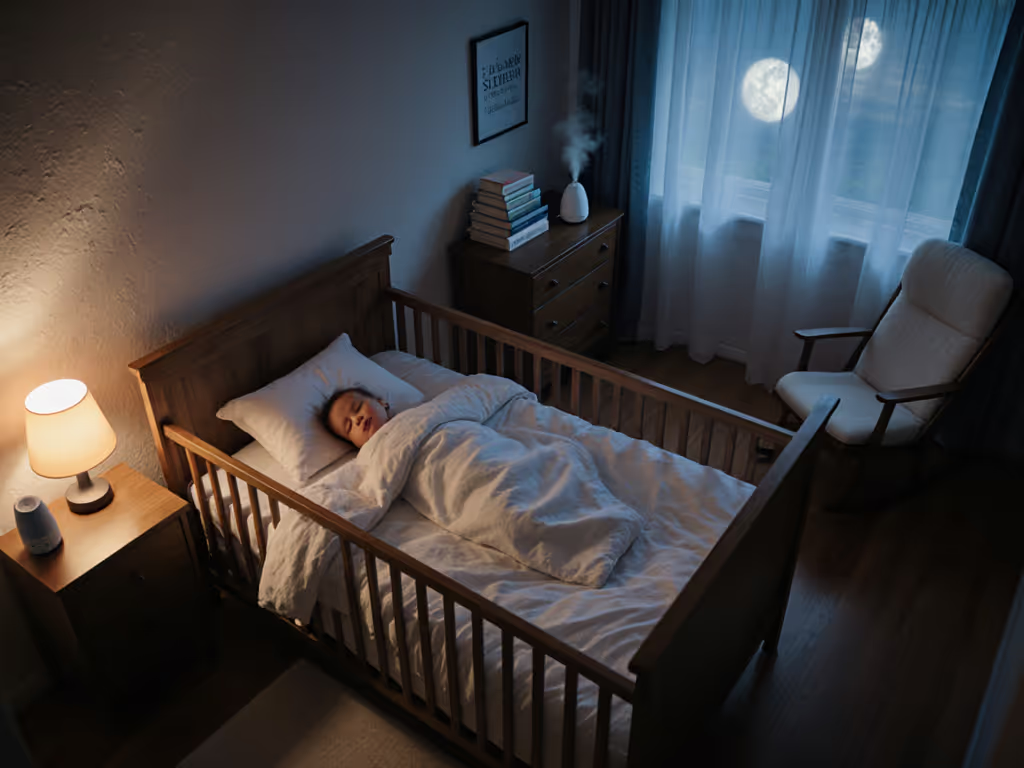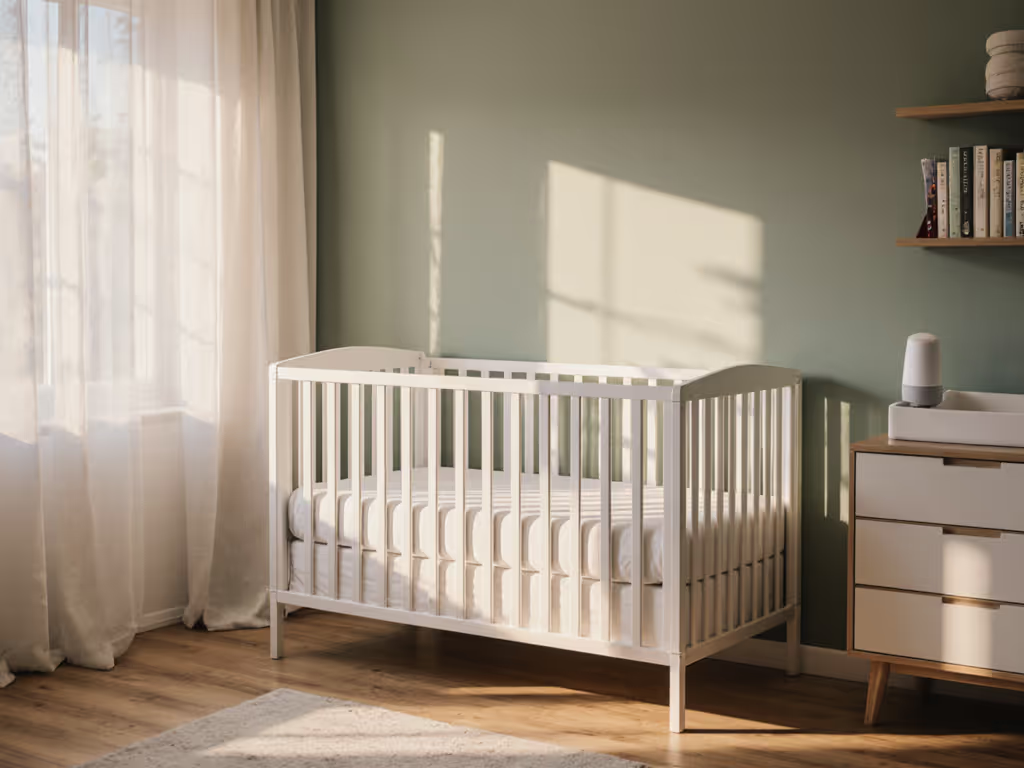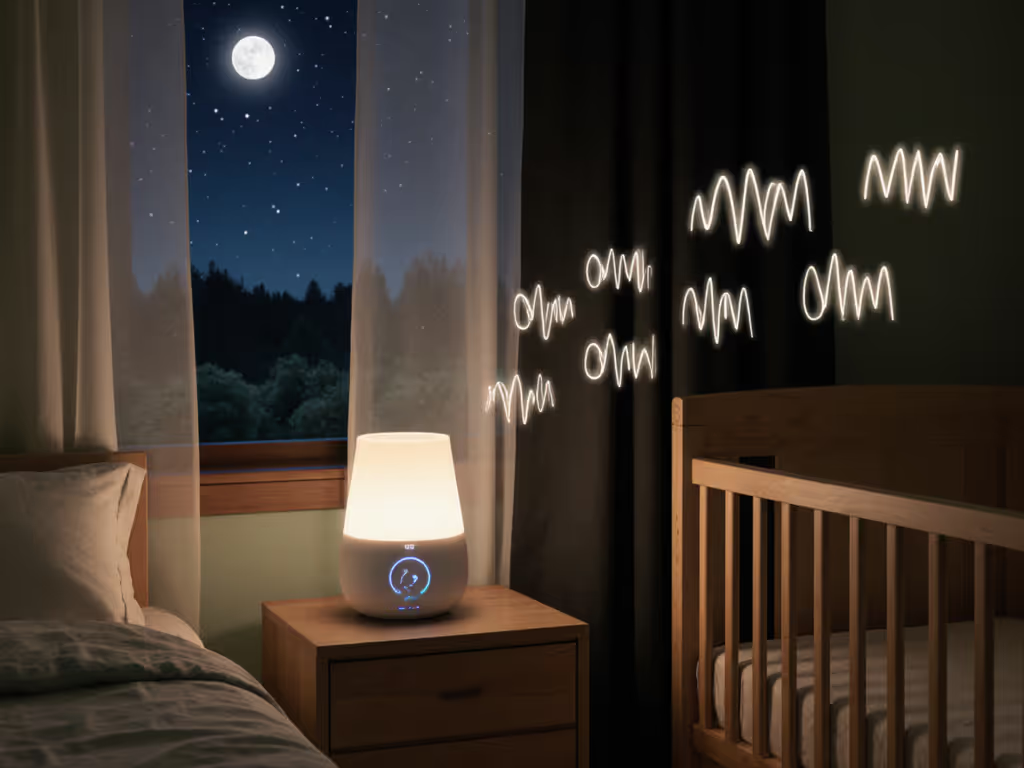
Factors Affecting Infant Sleep: Complete Guide
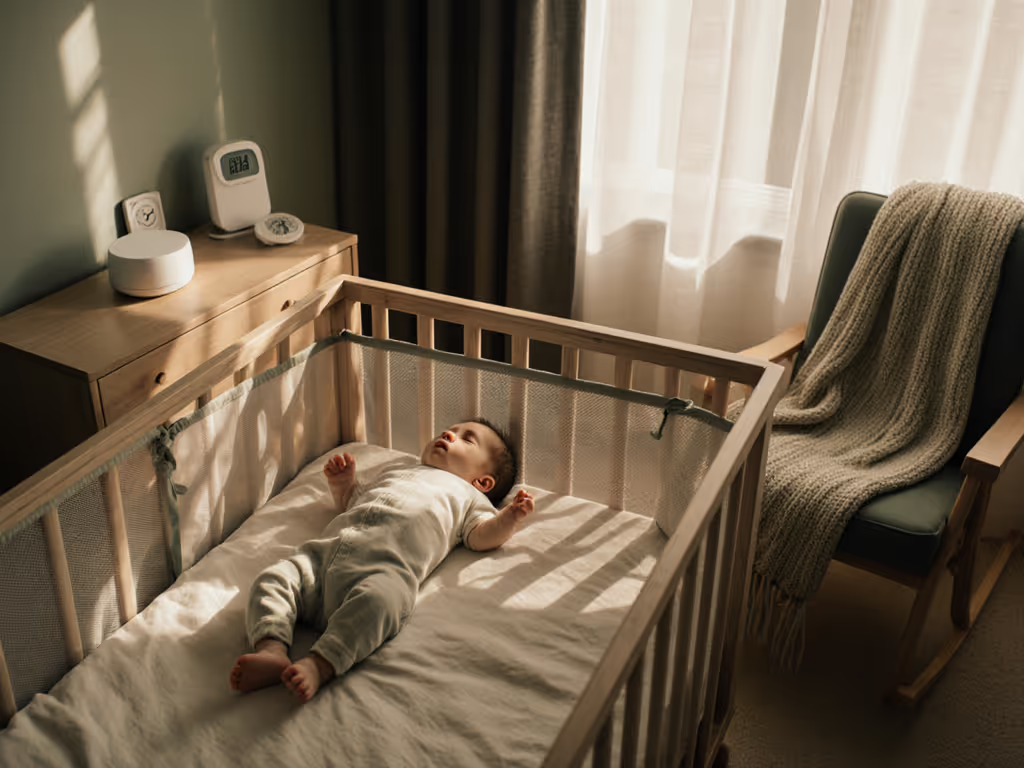
Over half of new parents say their baby’s sleep causes daily stress. Understanding infant sleep is more than tracking hours or chasing perfect naps. Scientific insights now reveal that newborn sleep patterns are shaped by biology, environment, and even parental habits. By unraveling the latest evidence and clearing up common myths, parents get the clarity they need to support healthy, safe, and peaceful sleep for their little ones.
Key Takeaways
| Point | Details |
|---|---|
| Infant Sleep Dynamics | Infant sleep consists of fragmented cycles with active and quiet sleep phases, indicating developmental learning rather than immediate night-long sleep. |
| Environmental Influences | Light, noise, and temperature critically affect infant sleep quality; managing these factors can enhance sleep cycles and comfort. |
| Feeding and Routines | Consistent feeding and bedtime routines foster sleep regulation and emotional security, promoting better sleep outcomes for infants. |
| Safety Guidelines | Adhering to safe sleep practices, including placing infants on their backs and ensuring a clear sleep environment, significantly reduces SIDS risks. |
Defining Infant Sleep and Common Myths
Infant sleep is a complex and dynamic process that fundamentally differs from adult sleep patterns. Unlike adults who experience predictable 7-9 hour consolidated sleep cycles, infants have fragmented sleep architecture characterized by shorter, more frequent sleep episodes across 24 hours. Neurologically, infant brains are still developing their circadian rhythms, meaning sleep is driven more by biological need than external light-dark cycles.
Scientific research reveals that infant sleep occurs in two primary modes: active sleep and quiet sleep. Active sleep involves more movement, rapid eye movements, and higher brain activity, while quiet sleep represents deeper, more restful periods. These modes shift dramatically during the first year, with newborns spending approximately 50% of sleep time in active sleep compared to only 25% for older infants.
Numerous myths surround infant sleep that can mislead and stress parents. Contrary to popular belief, sleep training does not harm infant attachment. Rigorous studies using expert consensus methods demonstrate that controlled sleep training approaches can improve both infant and parental sleep quality without compromising emotional bonding. Another common misconception is that babies should sleep through the night immediately - in reality, frequent wakings are neurologically normal and serve critical developmental functions like feeding, temperature regulation, and sensory processing.
- Sleep is developmental, not a switch to be flipped
- Infant sleep patterns vary widely between individual children
- Consistent routines matter more than achieving perfect sleep
Understanding these nuanced sleep dynamics can help parents approach infant rest with realistic expectations and compassionate strategies.
Biological and Developmental Sleep Influences
Infant sleep is intrinsically linked to complex biological and developmental processes that extend far beyond simple rest. Prenatal maternal sleep health emerges as a critical foundational factor, with research demonstrating that a mother's sleep patterns and quality during pregnancy can profoundly influence her offspring's future sleep architecture. This intergenerational biological connection suggests that sleep characteristics are not just learned behaviors, but deeply embedded neurological patterns transmitted even before birth.
The neurological development of infant sleep follows a remarkable trajectory of progressive complexity. During the first year of life, an infant's brain undergoes dramatic transformations in sleep regulation mechanisms. Newborns initially possess immature circadian rhythms, with sleep-wake cycles primarily driven by hunger, comfort needs, and basic physiological requirements. As neural networks mature, infants gradually develop more sophisticated sleep organization, transitioning from frequent, fragmented sleep episodes to more consolidated nighttime rest patterns.
Hormonal and metabolic influences play substantial roles in infant sleep regulation. Melatonin production, crucial for sleep-wake cycle establishment, develops incrementally during early childhood. This gradual hormonal maturation explains why some infants struggle with sleep consistency and why interventions must be developmentally sensitive. Metabolic factors like growth hormone release during deep sleep stages further underscore how sleep is not merely a passive state but an active developmental process essential for physical and cognitive growth.
- Sleep patterns are genetically influenced
- Developmental milestones impact sleep quality
- Nutrition and metabolic health interconnect with sleep regulation
Understanding these biological nuances empowers caregivers to approach infant sleep with patience, recognizing it as a dynamic, individualized journey of neurological and physiological maturation.
Environmental Factors: Noise, Light, and Temperature
Infant sleep is profoundly influenced by environmental conditions, with light exposure, ambient noise, and temperature playing critical roles in sleep quality and circadian rhythm development. Emerging research demonstrates that young children are remarkably sensitive to environmental stimuli, with even subtle changes potentially disrupting their delicate sleep patterns. Consistent, predictable environmental conditions serve as powerful signals that help regulate an infant's emerging biological clock.
Light exposure emerges as a particularly powerful environmental factor in infant sleep regulation. Modeling studies reveal that inconsistent or inappropriate light schedules can significantly induce nighttime waking and disrupt natural sleep cycles. Daytime light management becomes crucial - low-intensity, natural light during waking hours helps strengthen circadian rhythms, while creating a dark, calm environment during sleep periods signals the brain to prepare for rest. Neonatal research specifically highlights that controlled light levels (measured in specific lux ranges) can dramatically improve sleep consistency and quality.
Noise and temperature introduce additional layers of complexity in infant sleep environments. Moderate, consistent background sounds can actually promote better sleep, while sudden or erratic noises can cause frequent awakenings. Optimal room temperatures typically range between 68-72°F, creating a comfortable zone that prevents both overheating and excessive cooling. Infants cannot self-regulate body temperature as effectively as adults, making environmental temperature management critical for uninterrupted sleep.
Here's a comparison of key environmental factors impacting infant sleep:
| Factor | Influence on Sleep Quality | Recommended Practice |
|---|---|---|
| Light | Regulates circadian rhythms<br>Disrupts or supports sleep cycles | Daytime natural light<br>Darkness at night |
| Noise | Can cause awakenings<br>Consistent noise may soothe | Use white noise<br>Avoid sudden loud sounds |
| Temperature | Impacts comfort and safety<br>Overheating increases risks | Maintain 68-72°F<br>Light breathable clothing |
- Consistent light-dark cycles are neurologically essential
- Background white noise can improve sleep quality
- Room temperature significantly impacts infant comfort
By carefully curating sleep environments with attention to light, sound, and temperature, caregivers can create optimal conditions that support healthy infant sleep development.
Role of Feeding, Routines, and Parental Behaviors
Feeding and parental behaviors form a critical foundation for infant sleep development, creating intricate neurological and physiological patterns that extend far beyond simple nutrition. Feeding patterns directly influence sleep cycles, with longitudinal research demonstrating that consistent nighttime feeding approaches can significantly stabilize both infant and maternal sleep rhythms. Breastfeeding, in particular, emerges as a powerful regulatory mechanism, providing not just nutritional support but also complex hormonal signals that help synchronize sleep-wake cycles.
Bedtime routines represent another crucial intervention for sleep management. Consistent, predictable evening sequences signal to an infant's developing brain that sleep is approaching, triggering neurological preparation mechanisms. These routines might include gentle activities like warm baths, soft music, quiet storytelling, or consistent cuddling sequences. The predictability of these interactions helps infants develop sleep associations - mental and physiological cues that facilitate easier transition into rest.
Parental behaviors and emotional states play a surprisingly direct role in infant sleep regulation.
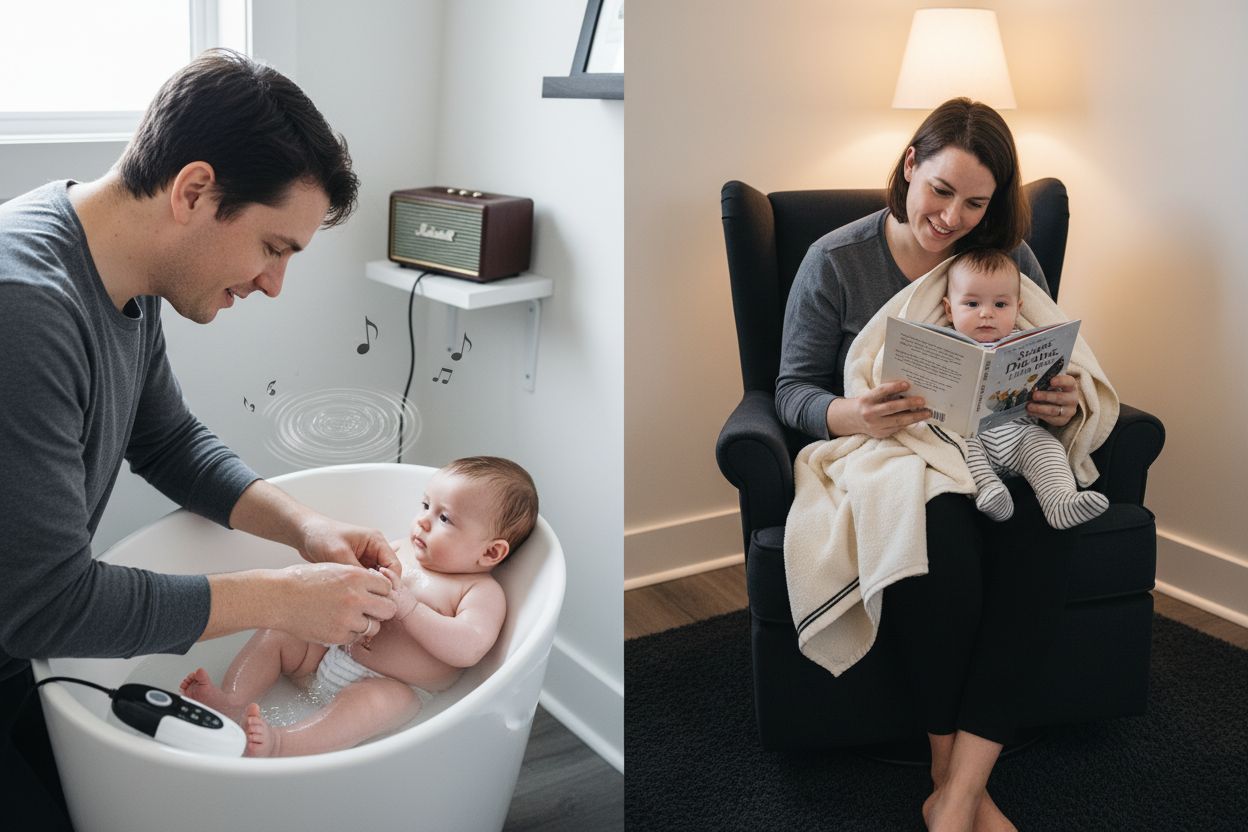 Infants are extraordinarily sensitive to parental stress, anxiety, and emotional variability. Calm, consistent parental approaches characterized by gentle responsiveness and emotionally regulated interactions create a sense of safety that supports more relaxed sleep patterns. This emotional attunement helps infants develop more secure sleep behaviors, reducing nighttime anxiety and promoting longer, more consolidated rest periods.
Infants are extraordinarily sensitive to parental stress, anxiety, and emotional variability. Calm, consistent parental approaches characterized by gentle responsiveness and emotionally regulated interactions create a sense of safety that supports more relaxed sleep patterns. This emotional attunement helps infants develop more secure sleep behaviors, reducing nighttime anxiety and promoting longer, more consolidated rest periods.
- Consistent feeding schedules support sleep regulation
- Predictable bedtime routines signal sleep preparation
- Parental emotional regulation directly impacts infant sleep quality
By understanding these interconnected dynamics, parents can create supportive sleep environments that nurture both physiological rest and emotional security.
Risks, Safety Guidelines, and What to Avoid
Infant sleep safety represents a critical domain where understanding potential risks can literally save lives. Sudden Infant Death Syndrome (SIDS) remains a paramount concern, with definitive research identifying specific environmental and positioning factors that dramatically reduce infant mortality risks. The most crucial safety guideline is sleep positioning: infants must always be placed on their backs on a firm, flat surface, which has been proven to reduce SIDS risk by up to 50% compared to side or stomach sleeping.
Sleep environment design plays a pivotal role in infant safety. Recommendations from pediatric research emphasize creating a minimalist sleep space - this means avoiding soft bedding, pillows, stuffed animals, and loose blankets that can potentially obstruct breathing. Bedside sleepers emerge as safer alternatives to traditional bed-sharing, providing proximity for nighttime feeding and monitoring while eliminating direct bed-sharing risks. However, parents must meticulously ensure these sleepers are correctly installed, with no dangerous gaps that could lead to infant entrapment.
Certain behaviors and environmental factors significantly increase infant sleep risks. Tobacco exposure, overheating, and improper sleep surfaces can compromise infant safety. Optimal room temperatures should range between 68-72°F, with lightweight, breathable clothing. Breastfeeding and ensuring up-to-date immunizations also correlate with reduced SIDS risk.
Parents should be particularly vigilant about creating a smoke-free environment, maintaining appropriate room temperature, and using appropriately fitted sleep surfaces.
- Always place infants on their backs
- Remove soft objects from sleep area
- Maintain consistent, comfortable room temperature
- Avoid tobacco smoke exposure
By understanding and implementing these evidence-based safety guidelines, parents can create a protective sleep environment that supports both infant rest and critical developmental needs.
Improve Your Infant's Sleep with Trusted Sound Solutions
Infant sleep challenges like fragmentation, environmental noise sensitivity, and difficulty establishing routines can leave both babies and parents exhausted. This guide highlights how critical controlled environments, including consistent background sounds and proper light and temperature, are for better sleep. If you want to reduce nighttime awakenings and build a soothing atmosphere that supports healthy circadian rhythms and emotional security, you need expert help tailored to your home setting.
Discover our Acoustic Lab for Little Ears at Baby Sound Machines where we combine lab-measured decibel profiles with real-home testing. Our data-driven approach helps you find the perfect white noise or sound machine that gently masks disruptive noises without overstimulation. Learn more about creating ideal sleep environments at Baby Sound Machines and take the next step toward more restful nights for your infant and your family today.
Frequently Asked Questions
What are the main factors that influence infant sleep?
Infant sleep is influenced by a variety of factors including biological development, environmental conditions (like light, noise, and temperature), feeding patterns, and parental behaviors.
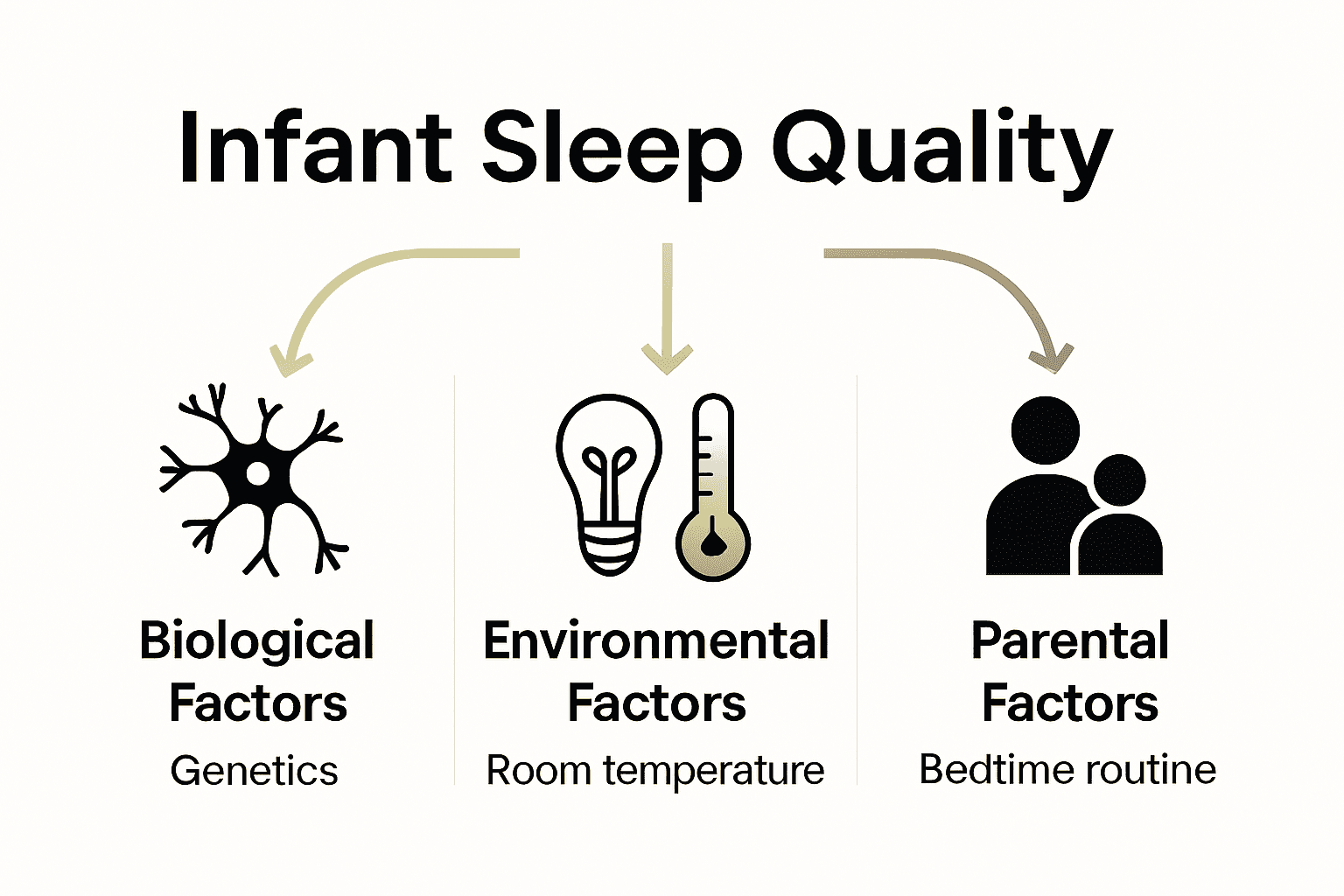 Each of these elements plays a crucial role in establishing healthy sleep patterns for infants.
Each of these elements plays a crucial role in establishing healthy sleep patterns for infants.
How does light exposure affect infant sleep?
Light exposure regulates an infant's circadian rhythms. Proper management of daytime light, such as providing natural light during waking hours and maintaining a dark environment during sleep, can help improve sleep consistency and quality for an infant.
What role do bedtime routines play in infant sleep?
Consistent bedtime routines signal to infants that sleep is approaching, helping them develop better sleep associations. Activities like warm baths, soft music, or quiet storytelling can create relaxation and prepare infants for quality sleep.
What are the safety guidelines to follow for infant sleep?
To ensure infant sleep safety, always place infants on their backs to sleep on a firm, flat surface, and remove soft objects from the sleep area. Maintaining a room temperature between 68-72°F and avoiding tobacco smoke exposure are also important for reducing risks such as Sudden Infant Death Syndrome (SIDS).

